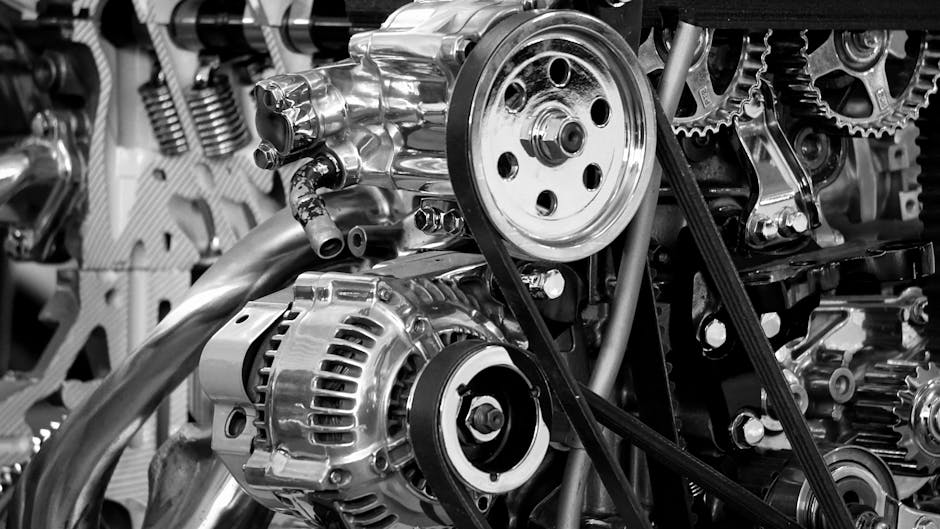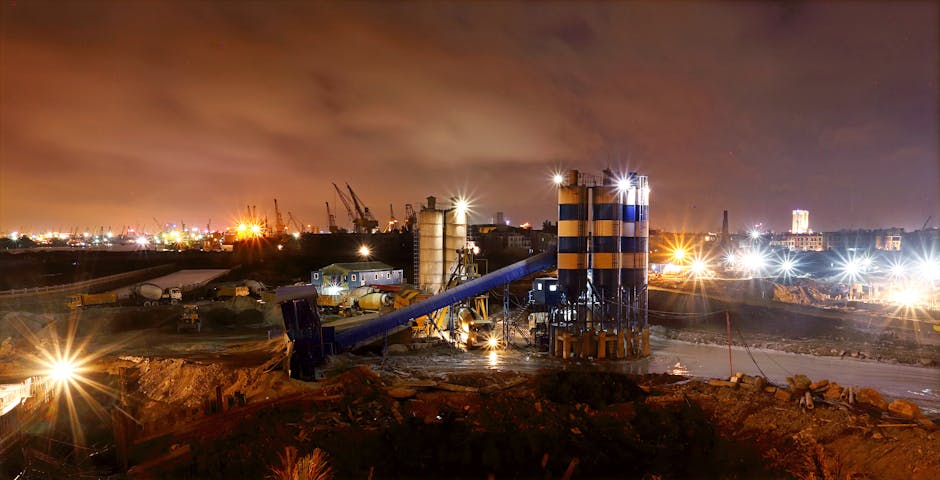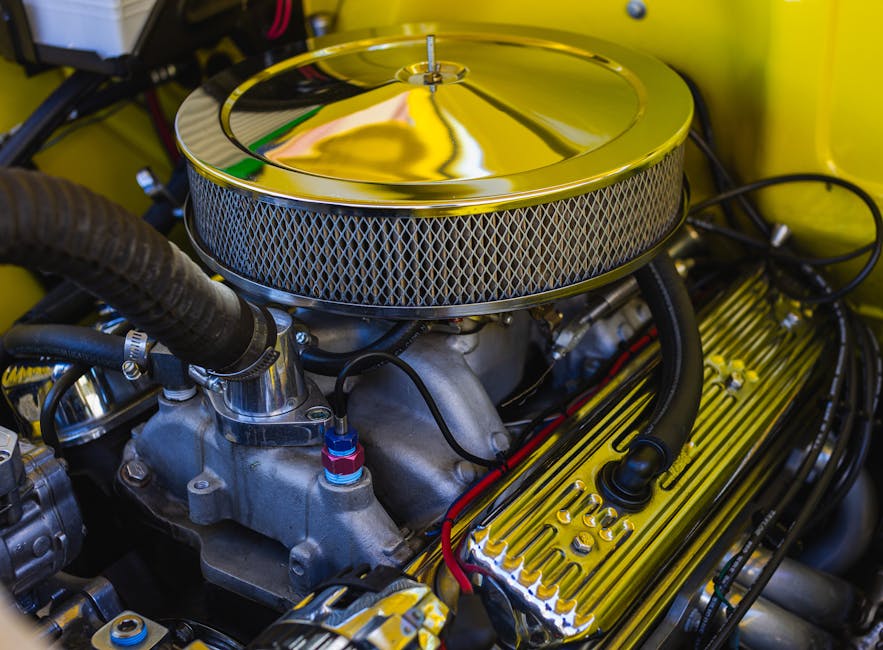The Power of Predictive Maintenance in Manufacturing
Have you ever had a car break down unexpectedly? it’s frustrating and often costly. Now, imagine if you could predict when it would need repairs before it actually breaks down. that’s the magic of predictive maintenance, especially in manufacturing. This powerful tool is changing how industries operate, saving time and money while boosting productivity.
What is Predictive Maintenance?

Predictive maintenance refers to techniques that help determine the condition of equipment. It allows manufacturers to predict when maintenance should be performed. This proactive approach can prevent costly breakdowns and extend the lifespan of machines.
Think of it this way: just like you get a regular health check-up to catch potential issues early, machines can be monitored to catch problems before they lead to failure.
Why is Predictive Maintenance Important?

Manufacturers are always looking for ways to increase efficiency. Predictive maintenance helps with that. Here are some key reasons why it’s becoming essential:
- Cost Savings: Fixing a machine before it breaks can save money. Unexpected repairs often involve expensive downtime.
- Increased Productivity: When machines run smoothly, production continues without delays.
- Extended Equipment Life: Regular monitoring can help maintain machines, leading to a longer operational lifespan.
- Safety Improvements: Identifying potential issues early can prevent accidents, keeping workers safe.
How Does Predictive Maintenance Work?

So, how does a company actually predict when a machine will fail? It involves several key steps:
- Data Collection: Sensors and technology collect data from machines. This can include temperature, vibrations, and more.
- Data Analysis: Advanced analytics tools examine the collected data. They look for patterns and indicators of potential failures.
- Actionable Insights: The analysis provides insights that inform maintenance schedules. This helps teams know when to perform maintenance.
For example, think of a coffee machine in an office. If it consistently shows signs of overheating, predictive maintenance alerts the staff to check it before it completely breaks down. This simple alert can save a lot of coffee breaks from being disrupted!
What Technologies Drive Predictive Maintenance?

Several technologies play a role in making predictive maintenance possible:
- IoT Sensors: Internet of Things (IoT) devices collect data from machines in real-time.
- Machine Learning: Algorithms learn from the data and help predict future failures.
- Cloud Computing: It allows for storage and analysis of vast amounts of data from various machines.
- Mobile Applications: These apps enable instant access to machine data and alerts, keeping teams informed.
By combining these technologies, manufacturers can create a robust predictive maintenance system that enhances operational efficiency.
What Are the Challenges of Implementing Predictive Maintenance?
Despite it’s benefits, implementing predictive maintenance isn’t without challenges:
- Initial Costs: Setting up sensor systems and data analytics tools can be expensive.
- Data Management: Companies need to have a strategy for managing and analyzing large amounts of data.
- Skill Gaps: There may be a need for employees trained in data analysis and technology.
- Resistance to Change: Employees might be hesitant to adopt new technologies and processes.
Addressing these challenges requires planning and a commitment to training and development. But the potential rewards are worth it!
What Are Real-World Examples of Predictive Maintenance?
Many companies have successfully implemented predictive maintenance. Here are some inspiring examples:
- General Electric: GE uses predictive maintenance in it’s jet engines, helping airlines reduce maintenance costs and improve flight safety.
- Siemens: Siemens has integrated predictive maintenance into it’s manufacturing processes, leading to significant increases in uptime.
- Dow Chemical: They use predictive maintenance to monitor chemical production equipment, resulting in fewer breakdowns and lower costs.
These examples show how predictive maintenance can be a game-changer for companies in various sectors.
How Can You Get Started with Predictive Maintenance?
If you’re considering implementing predictive maintenance in your manufacturing process, here are some steps to get started:
- Assess Your Current System: Analyze your existing maintenance practices and identify areas for improvement.
- Invest in Technology: Research and invest in the right IoT sensors and data analytics tools.
- Train Your Team: Ensure your staff is trained to use new technologies and analyze data effectively.
- Start Small: Begin with one or two machines to test the system before rolling it out company-wide.
Taking these steps can help ease the transition and maximize the benefits of predictive maintenance.
What Are the Future Trends in Predictive Maintenance?
As technology continues to evolve, so will predictive maintenance. Here are some trends to watch:
- Artificial Intelligence: AI is expected to enhance data analysis, making predictions even more accurate.
- Integration with Augmented Reality: AR can provide real-time troubleshooting assistance to maintenance teams.
- Greater Focus on Cybersecurity: As more machines connect to the internet, protecting data will become increasingly important.
Keeping an eye on these trends can help manufacturers stay ahead of the curve.
Conclusion: Embrace Predictive Maintenance
Predictive maintenance is not just a trend; it’s a powerful tool that can transform manufacturing. By predicting failures before they happen, companies can save money, boost productivity, and keep their workers safe.
If you’re in manufacturing, consider exploring predictive maintenance. It could be the key to a more efficient and cost-effective operation.
Want to dive deeper? Check out the article on [How IoT is Revolutionizing Manufacturing](https://www.example.com/how-iot-revolutionizing-manufacturing) for more insights into how technology is changing the industry.
